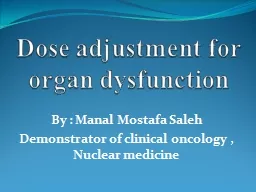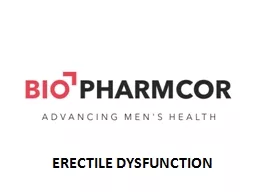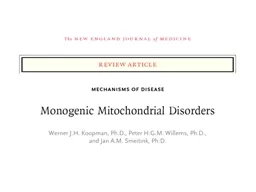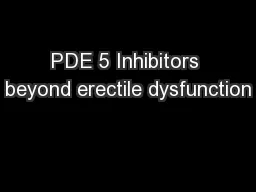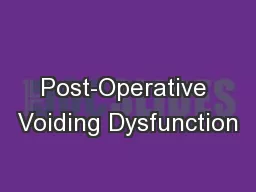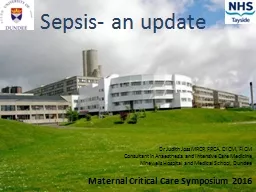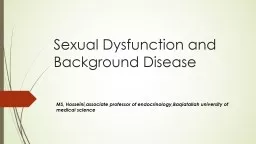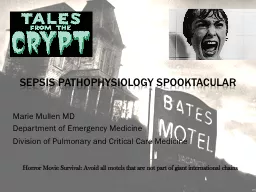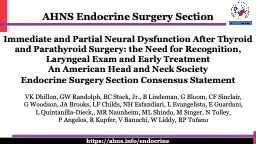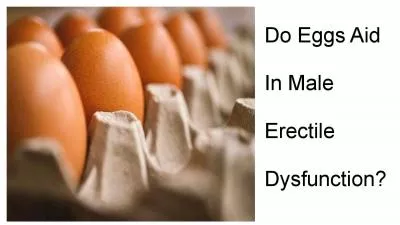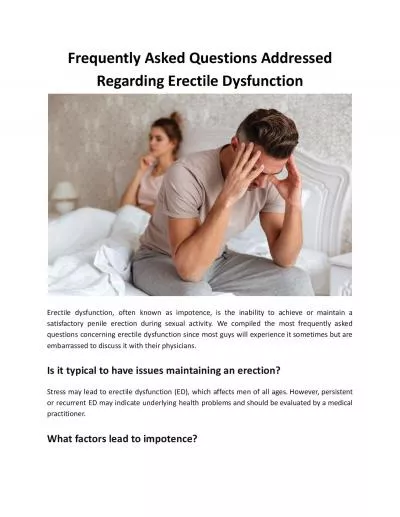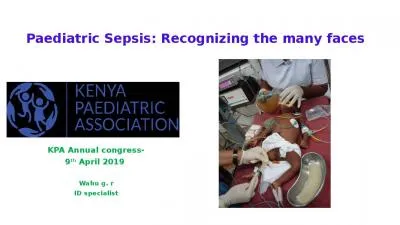PPT-Dose adjustment for organ dysfunction
Author : yoshiko-marsland | Published Date : 2020-04-04
By Manal Mostafa Saleh Demonstrator of clinical oncology Nuclear medicine References Physicians Cancer Chemotherapy Drug Manual 2015 2013ESMOHandbookofCancerTreatmentsinSpecialClinicalSituations
Presentation Embed Code
Download Presentation
Download Presentation The PPT/PDF document " Dose adjustment for organ dysfunction" is the property of its rightful owner. Permission is granted to download and print the materials on this website for personal, non-commercial use only, and to display it on your personal computer provided you do not modify the materials and that you retain all copyright notices contained in the materials. By downloading content from our website, you accept the terms of this agreement.
Dose adjustment for organ dysfunction: Transcript
Download Rules Of Document
" Dose adjustment for organ dysfunction"The content belongs to its owner. You may download and print it for personal use, without modification, and keep all copyright notices. By downloading, you agree to these terms.
Related Documents

